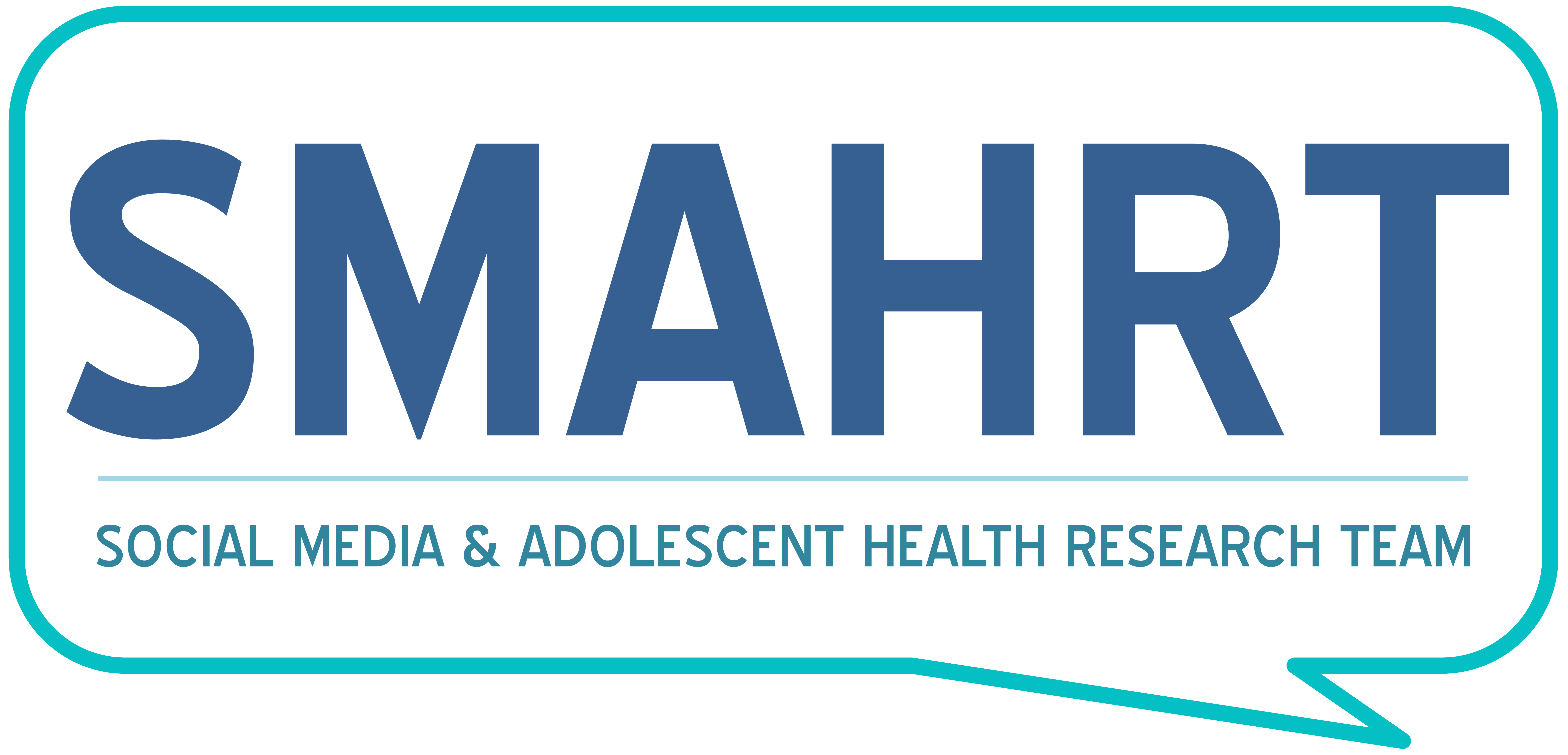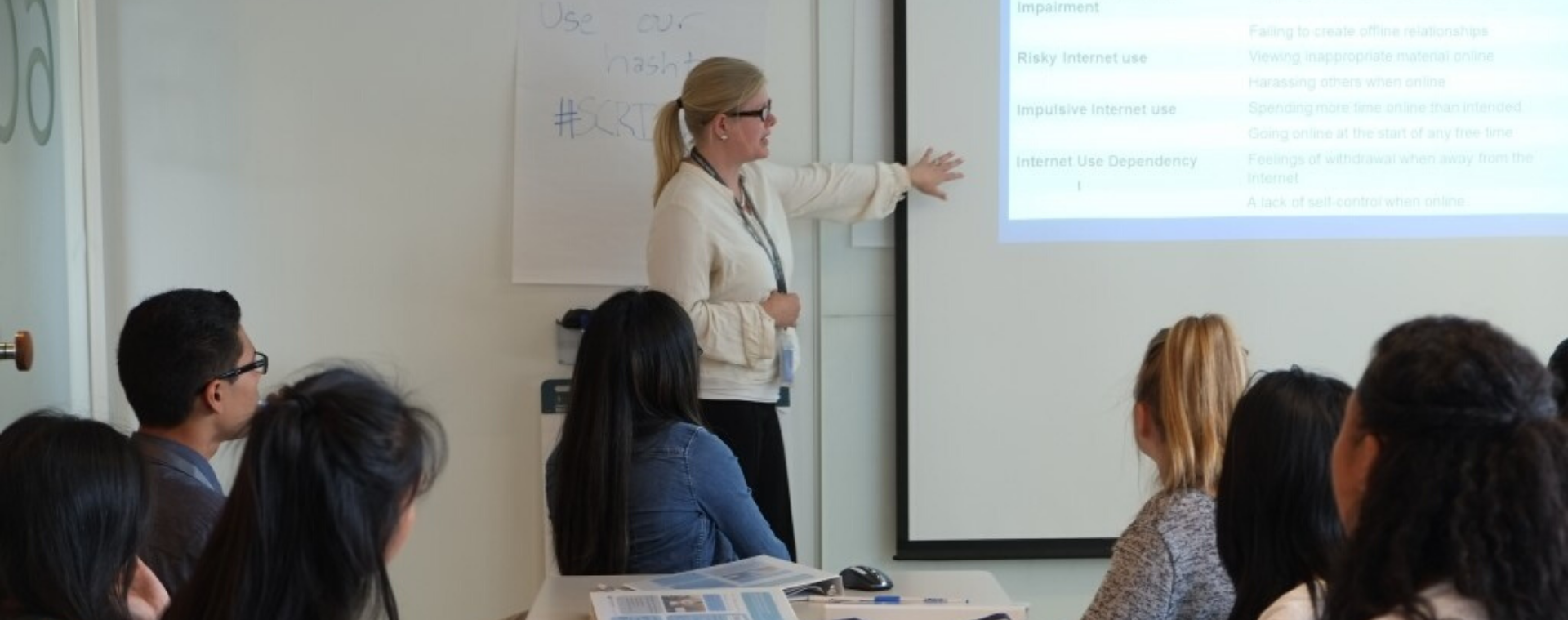 The American Academy of Pediatrics has released a new Virtual Violence Policy Statement (lead author Dr. Dimitri Christakis), which offers research, insight, and useful recommendations for pediatricians, parents, and policymakers regarding virtual violence and real-life aggression in adolescents.
The American Academy of Pediatrics has released a new Virtual Violence Policy Statement (lead author Dr. Dimitri Christakis), which offers research, insight, and useful recommendations for pediatricians, parents, and policymakers regarding virtual violence and real-life aggression in adolescents.
This policy statement is accompanied by a commentary by Drs. Rhea Boyd and Wendy Sue Swanson. This commentary discusses how the ease of access of cell phones and social media can connect teenagers to an array of violent content, and the impacts this may have.

What is “virtual violence”, and how does this affect adolescents? Described by lead author of the policy statement, Dr. Dimitri Chiristakis, virtual violence is not physically experienced, but is experienced in a virtual reality through new technology, and highly advanced and intense video games.
So, why does “virtual violence” matter in the realm of adolescent health? There is scientific evidence that virtual violence increases aggressive thoughts, feelings and behaviors among youth. To elaborate, a recent experimental study found linkages between virtual violence, and real-world aggression, where kids who engaged in violent video games were more likely to exert aggressive behavior in their everyday lives. This correlation between violence experienced through technology and real-life conduct can begin a frightening cycle of behavior within our youth.
What is being done about this issue? The policy statement points out that correlations between virtual violence and aggressive behavior are stronger than the correlations between passive smoking and lung cancer. While there has been policy changes surrounding smoking, there has been no consideration in creating policy surrounding virtual violence – even though the findings about the implications of this are stronger than that of smoking. When comparing the two issues, what stands out is that smoking hardly ever has opposing positions to the issue, whereas the opposite is true with virtual violence.
We hope that this policy statement will lead to ongoing investigation, discussion, and policy change to support safe and positive media use by kids and teens

Dr. Dimitri Christakis, along with his team at the American Academy of Pediatrics, released this statement to make specific recommendations for policymakers when addressing the effect of “virtual violence”. This statement, along with the accompanied commentary and other additional materials, can be accessed through the links below:
Policy:
http://pediatrics.aappublications.org/content/early/2016/07/14/peds.2016-1298
Commentary: http://pediatrics.aappublications.org/content/early/2016/07/14/peds.2016-1358
AAP News Article: http://www.aappublications.org/news/2016/07/18/VirtualViolence071816
YouTube Video:
https://www.youtube.com/watch?v=56qI3tBFrQ4&feature=youtu.be

